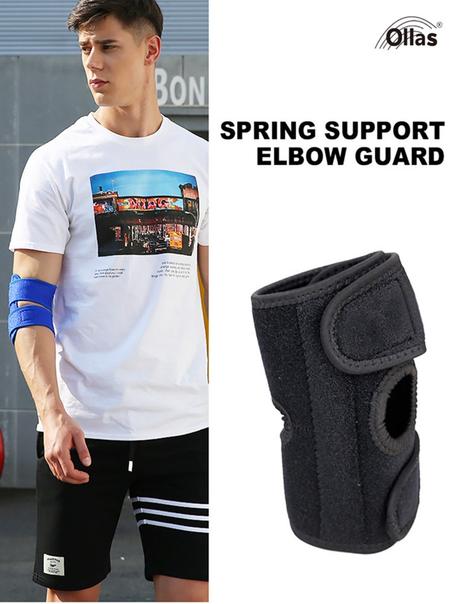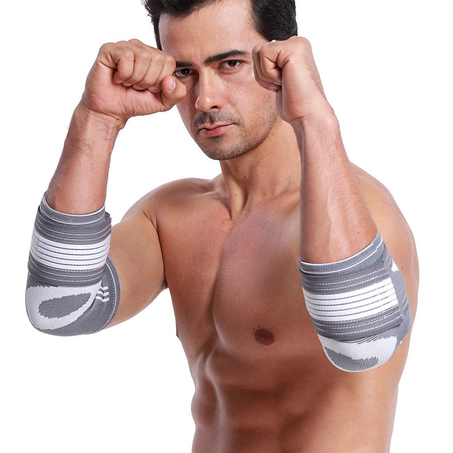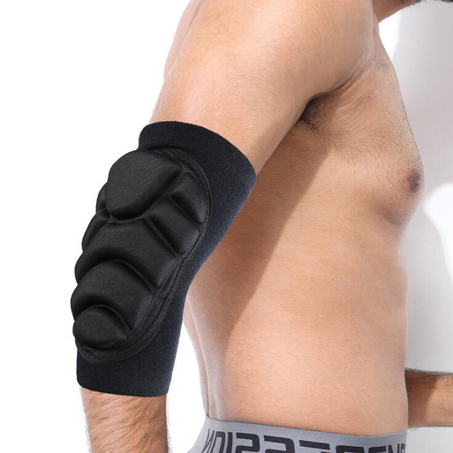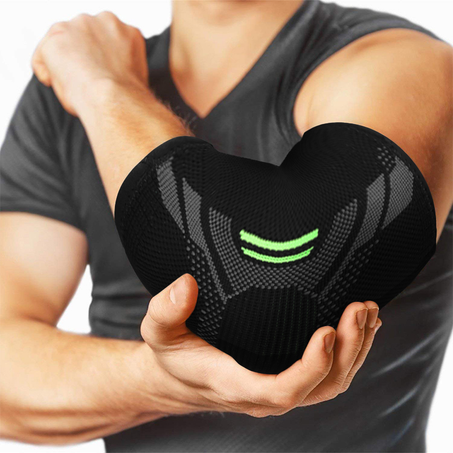For starters, your elbow allows you to throw, lift, swing, and hug. All of this is possible because it is not a simple joint. That means there are numerous ways for things to go wrong.
The elbow is a joint formed by three bones: the humerus, the upper arm bone, and the ulna and radius, the two bones that make up your forearm.
Each bone has cartilage on the end that allows it to slide against other bones and absorb shocks. Ligaments, which are tough tissues, hold them in place. And your tendons connect your bones to your muscles, allowing you to move your arm in a variety of ways.
Here are some of the possible causes of elbow pain:
Accidental Injuries
Some injuries, ideally, are one-time occurrences, such as when you fall or are hit hard while playing a sport.
- Elbow dislocation A dislocated elbow occurs when one of the bones that make up the elbow is knocked out of place. One of the more common causes is reaching out to catch yourself during a fall. It can also happen to toddlers when they are swinging by their forearms, which is known as the nursemaid's elbow. If you believe you or your child has a dislocated elbow, contact your doctor immediately.
- A fractured elbow occurs when one of your arm bones breaks at the elbow. This is usually caused by a sudden blow, such as in a contact sport or a car accident. Don't be deceived if you can still move your elbow afterward. It could be broken if you're in pain and it doesn't look right. You will require medical attention.
- Sprains and strains Put these in the category of "Oof, I think I went a little too far." A strain occurs when muscles are stretched or torn. A sprain occurs when ligaments are injured.
Wear and Tear Injuries
Other injuries develop over time as you repeat certain actions that cause wear and tear on your elbow. You can injure yourself while playing sports or working in any setting, from a factory to an office.
- Bursitis: Often caused by repetitive motions, bursitis can also be caused by an accident or infection. Bursae are small sacs filled with fluid. They are found in your joints and help to cushion your bones, tendons, and muscles. They also aid in the movement of skin over bone. However, they can swell and cause pain. Bursitis is frequently treated with pain medication and begins to improve within a few weeks.
- Tennis elbow and golfer's elbow are both types of tendinopathy or tendinosis, which means you have overuse damage in the tendons around your elbow. Despite the names, the injuries do not only affect golfers and tennis players. Because of the arm motions used in those sports, you're just more likely to get them. The tennis elbow affects the outside of the elbow, whereas golfer's elbow affects the inside.
- Trapped nerves: You may be familiar with carpal tunnel syndrome, which occurs when a nerve that runs through your wrist becomes compressed, causing wrist and arm pain. Similar issues can arise in your elbow.
- Stress fractures: A stress fracture is a small crack in one of your arm bones caused by overuse. They're more common in the lower legs and feet, but athletes who throw frequently, like baseball pitchers, can get them in the elbow as well. Throwing usually causes more pain.
Tennis Elbow and Golfer's Elbow are two common types of elbow pain.
Lateral epicondylitis, or "Tennis Elbow," is an inflammation of the tendons that connect the forearm muscles to the outside of the elbow. Symptoms include pain or burning on the outside of the elbow, as well as a loss of grip strength. Tennis Elbow, as the name implies, is common among athletes who participate in tennis and other racquet sports. However, 90% of those affected by tennis arms are artisans, musicians, or computer users, not tennis players!
The term "Golfer's Elbow" refers to inflammation of the tendons that connect the forearm muscles to the bony bump on the inside of the elbow. Pain, stiffness, weakness, or, in more severe cases, numbness and tingling radiating from the inner part of the elbow to the wrist and hand are symptoms. Golfer's Elbow is common among golfers, but it can also affect tennis players and others who clench their wrists and hands repeatedly.
Treating Elbow Pain
Wearing an elbow strap, brace, or support with medical-grade compression can help to reduce pain and inflammation associated with tennis or golfer’s elbow. This gives support to the elbow and speeds the recovery and healing process.
We offer multiple products to help prevent or treat this injury: EpiTrain, EpiPoint, Sports Elbow Support, and Sports Elbow Strap. For more information, visit the Our Elbow Braces.
Elbow Pain Statistics:
Tennis elbow affects 90% of people who work as craftspeople, musicians, or PC users, not tennis players.
The elbow joint has an incredible range of motion: it can extend up to 10 degrees, bend 140 degrees, and rotate 90 degrees inwards and outwards.
The funny bone is a nerve rather than a bone.
The transition from wooden rackets to graphite tennis rackets took about two decades, and the graphite rackets, which are 30% lighter, have provided significant relief for the elbow.
Arm injuries are most commonly caused by cervical spine damage in the 5th to 7th cervical vertebrae.



